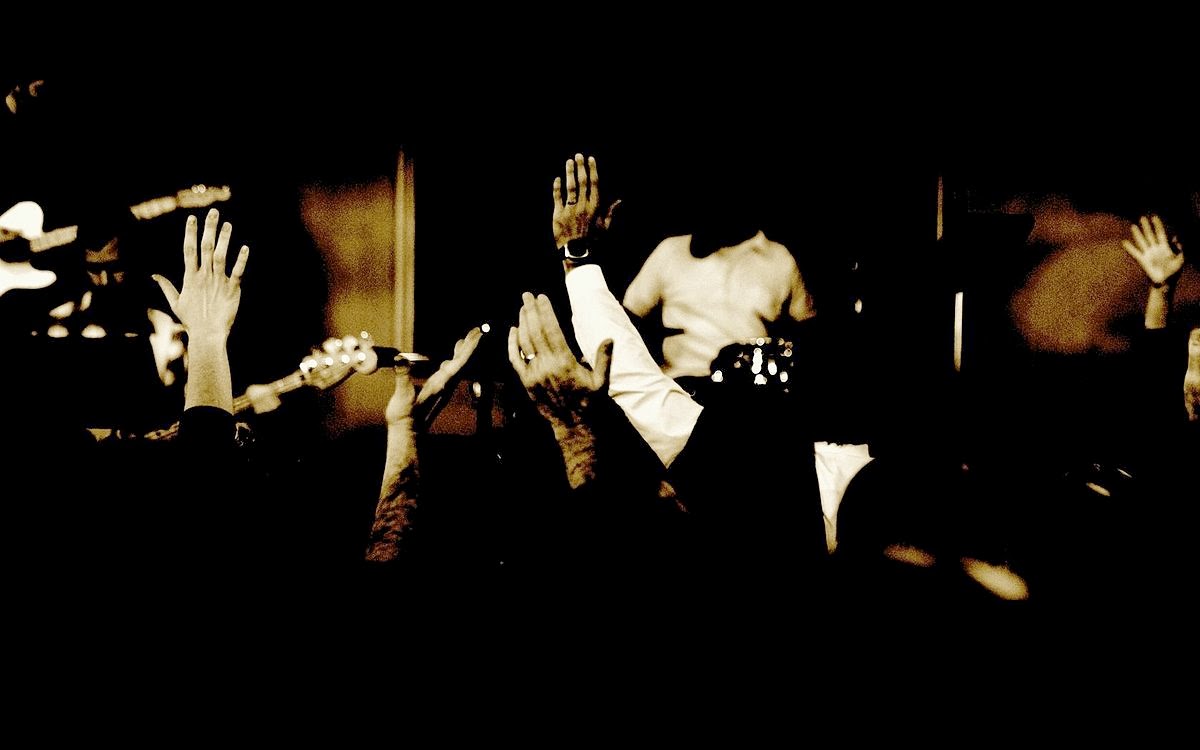A return to deep worship

This post continues an exploration of Deep Church Rising by Andrew G. Walker and Robin A. Parry. For other posts in the series, click a number: 1 , 2 , 3 , 4 . 5 , 7 , 8 , 9 . Last time we looked at what happened when parts of the church, seeking cultural relevance, departed from apostolic tradition. One of the results was departure from orthodoxia (right worship). A primary way this manifested (particularly in recent years in the West) was in the embracing of what some refer to as the "entertainment culture." In this setting, worship becomes less about glorifying God and more about providing the next "shot in the arm" to people who tend to view the church as merely one of multiple "voluntary club" alternatives. Picture from Wikimedia, creative commons attribution The downside of this consumeristic approach to worship is that the participants often quickly weary of the worship offered, and move on to other entertainment options. In what may...


